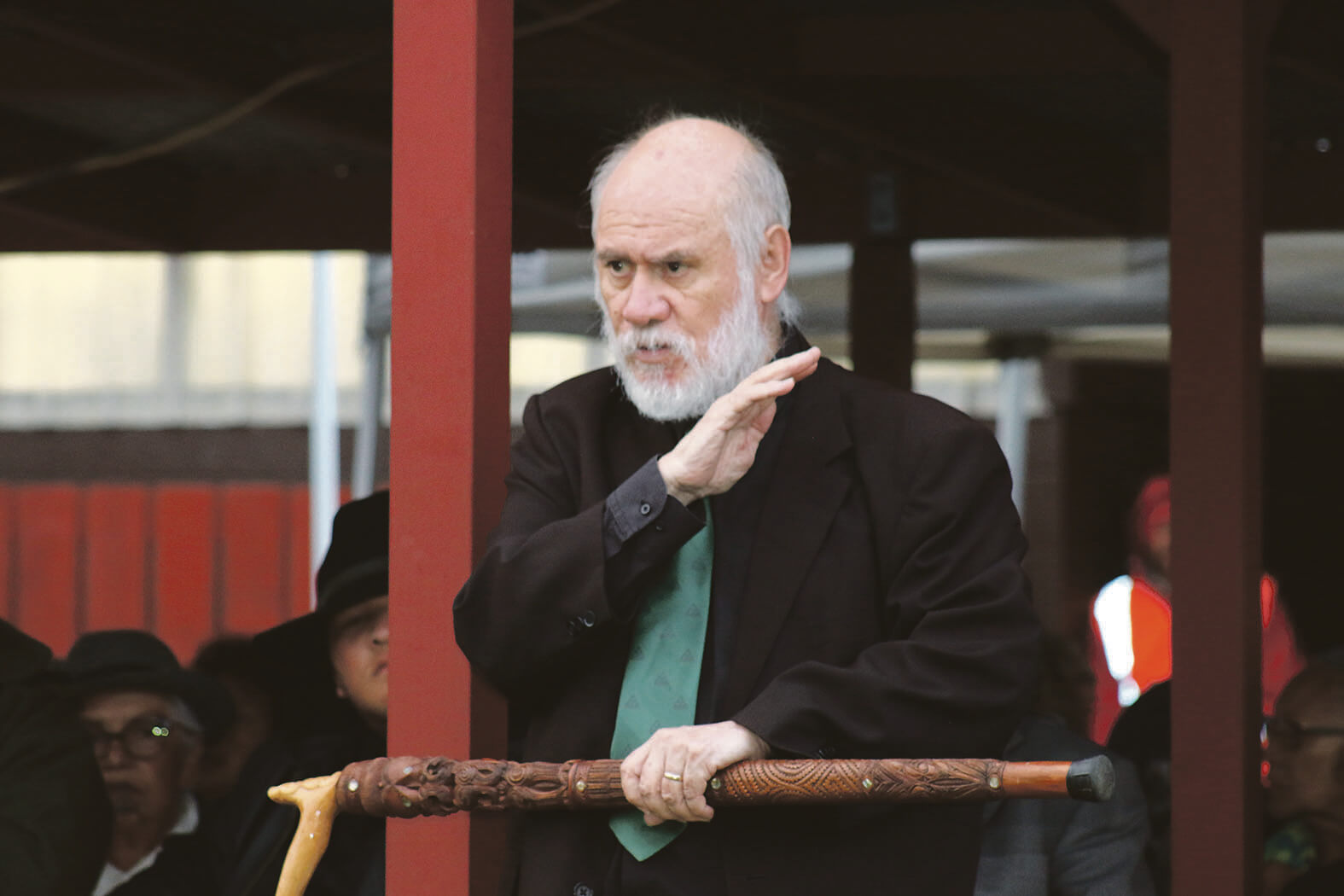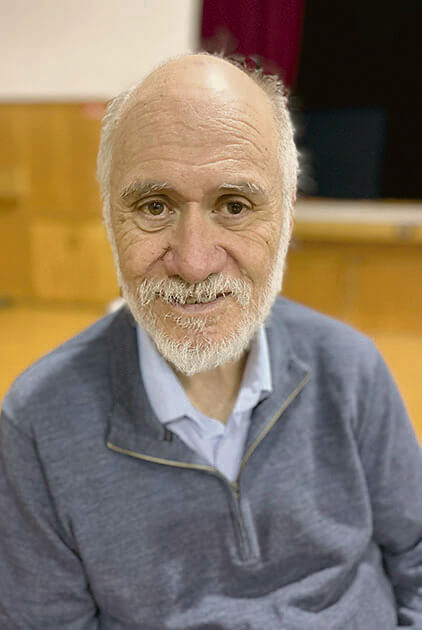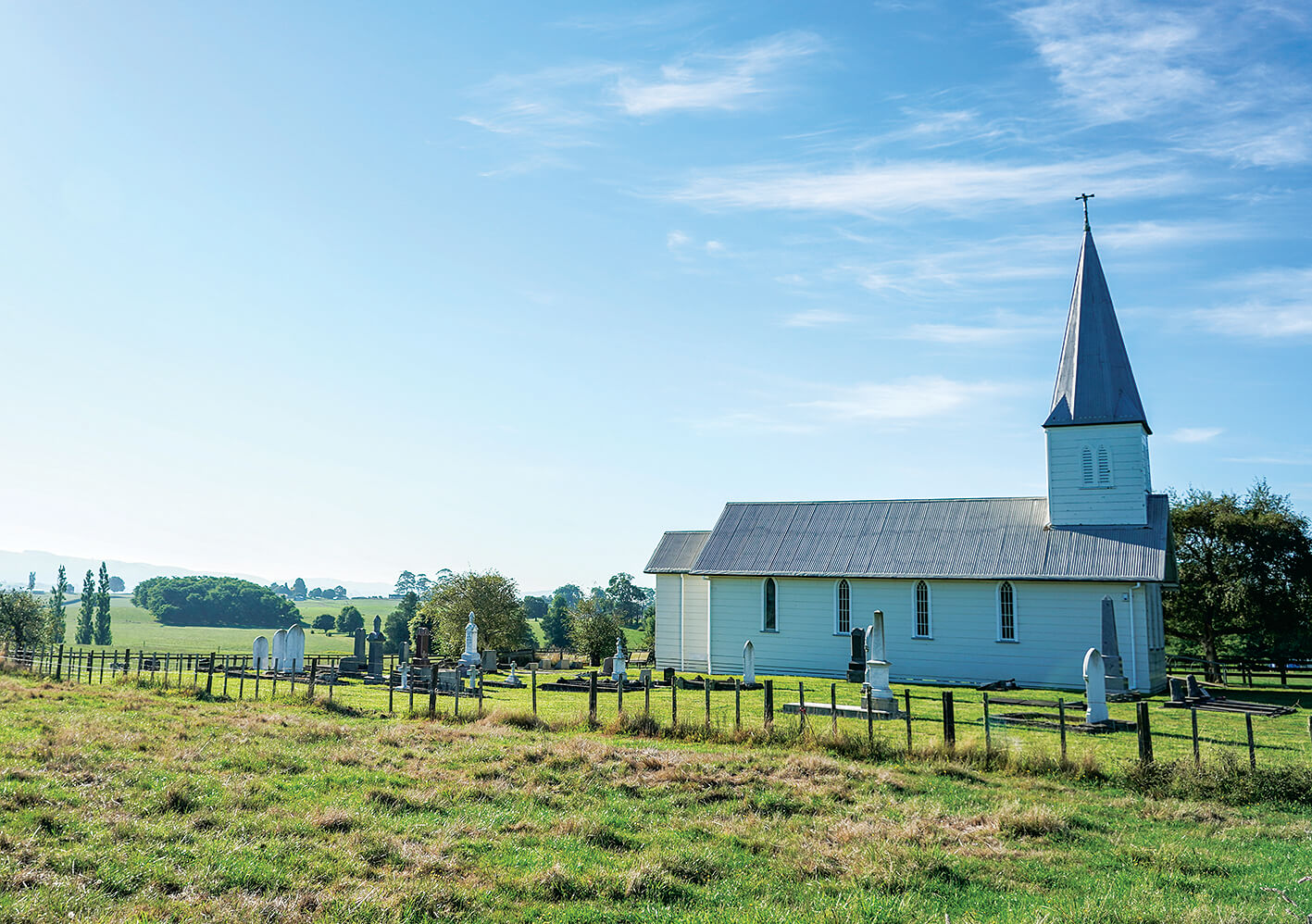I wonder how many of us applied for annual leave on the Friday, taking advantage of the Waitangi holiday to turn it into a long Waitangi Weekend.

Academic Professor Tom Roa spoke at O-Rakau.
I suggest that if we’re honest, that will have been how the vast majority of us regard Waitangi Day – enjoying the holiday, aware of the significance – and how can we not be with so much media – mainstream as well as social – attention to events at Waitangi and elsewhere? But I suggest the vast majority of us treat it essentially as another holiday.
The significance of Te Tiriti o Waitangi has been recognised with this holiday. And I know of no adult New Zealander who does not appreciate that significance in recognising the importance of Te Triti in our national consciousness.

Prof Tom Roa
For Māori Te Tiriti has long been a discussion point amongst us and other New Zealanders on marae and at Māori events.
I don’t envy the task of the Parliamentary Select Committee in their sifting through the thousands of submissions to them on the Principles of the Treaty of Waitangi Bill. I do suggest that this is merely a continuation of those conversations, unfortunately, in my opinion, a waste of parliamentary resources given that two of the coalition partners have indicated they will not support it through its second reading.
In our backyard here in the Waipā District more and wider conversations have been exploring the significance of the tragedy of Rangiaowhia where I and others assert that in the aftermath of the signing(s) of Te Tiriti o Waitangi, the potential of principled prosperity for the signatories of Te Tiriti was being realised.

At the time of the controversial raid at Rangiaowhia 150 years ago, this illustration was presented under the headline “The defenders of New Zealand”.
Rangiaowhia was an agricultural hub which sent produce not only to major townships like Auckland, New Plymouth and Wellington nationally, but also internationally to Sydney, England, and even to the goldfields of America. Indeed, the very first sacks of flour from the very first mill at Rangiaowhia were sent as a gift to Queen Victoria.
Pākehā tradespeople were welcomed by the Ngāti Apakura and Ngati Hinetū leadership in the later context of the second Māori King’s assertion that his friends came from all corners of the globe. They were the honest tradespeople, the shoemakers, the carpenters, the blacksmiths and the bakers of bread. Their contribution to the prosperity of Rangiaowhia was much celebrated by the hapū and iwi of the district as well as their visitors from other iwi who bore witness to the very important contribution of these people to the affluence enjoyed there by all. So much so that the newcomers took wives (and husbands!) from the local population and adopted their language and customs, partnering with Ngāti Apakura and Ngāti Hinetu to mutual benefit.
But then the empire-builders followed the norm of that time which was with the waging of war for building empire. Cooperation, collaboration with the people who were already in that space didn’t fit with that model.

St Paul’s Church at Rangiaowhia. Photo: Benjamin Wilson.








